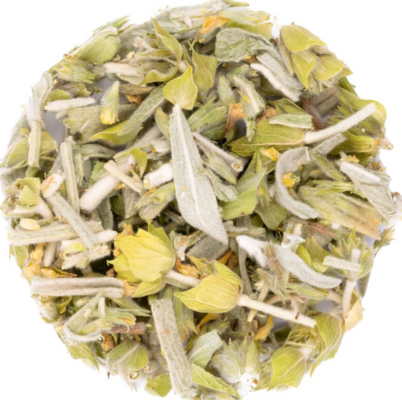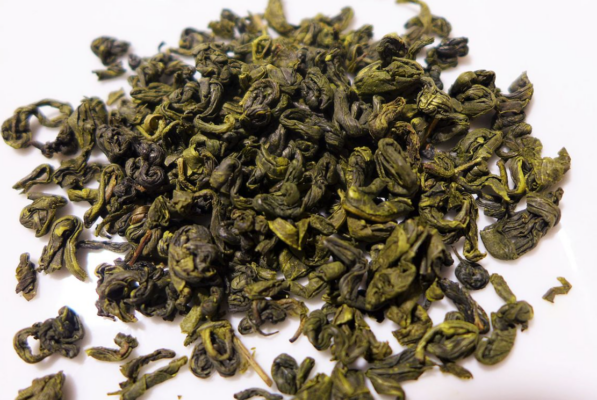The consumption of tea, either loose leaf or bagged, has held, and continues to hold, a prominent position in most cultures around the world. However, as lifestyle habits continue to change to meet the demands of modern day society, one that is fast-paced and more health obsessed, our consumption preferences change with it. The practicality of ready-to-drink (RTD) tea then offers a wonderful alternative.
Simply put, RTD tea is a tea beverage prepared and bottled for immediate consumption, and it is one of the quickest growing beverages in the tea market, with its global market size estimated at 29.66 billion dollars in 2019. Particularly in the U.S., where ice tea reigns supreme, RTD teas have become a convenient alternative to the extreme amounts of sugar found in traditional soft drinks. Particularly for younger tea drinkers, who perhaps lack the time or patience to brew a perfect cup, but still prefer to drink something that fits with a healthy lifestyle.

Tea in general (green tea in particular) is believed to contain many properties that boosts ones health, from relieving stress to helping with heart disease for instance. As such, RTD tea provides this health benefit without having to sacrifice taste, because of all the possibilities to add any flavor or ingredient. Earlier and cheaper iterations of RTD (think of many popular ice teas) often contained only sugar, water, tea flavor and coloring agent (so it looks right), but no actual tea extract. This is the main difference between RTD’s that have a “clean label” and the ones that don’t. RTD’s with a clean label still possess the health benefits that tea offers.
So how is RTD tea made?. Australian manufacturer Flavourtech developed the Integrated Extraction System (IES), a process that utilizes the raw material, in this case leaves from the Camellia Sinensis plant. Without going into too much technical detail, the natural flavors and aroma of the specific tea leaves are extracted into a tea concentrate. This concentrate is added to a bottle, along with any other ingredients that a manufacturer might want to use. Extract can also be spray dried and powdered to increase its shelf life, the drawback of this method being that some of the healthy compounds deteriorate in this process.
Finally, although many premium brands like Arizona, PepsiCo-Lipton and Coca-Cola have ventured into the RTD tea market, and have been successful, another trend that we see in RTD tea is that consumers are increasingly concerned about sustainability. This includes transparency in manufacturing, packaging and ingredient quality, and as such has opened the door for smaller companies to carve out a niche for themselves.



